SPRAWLING ESTATES: Two Architecture Documentaries tackle the Suburban Question
At this year’s Architecture & Design Film Festival, now in its tenth season, two films tackle global urbanization by seeking to redefine suburbanism as something more than just “sub-class urbanism.” Ibai Rigby’s Parallel Sprawl (2017) asks how, and if, we can get “sprawl” right by looking at the village and city as contrasting units of modern life. Rigby’s 40-minute documentary frames the future of human movement in terms of the “metropolitan and the margins,” with increasingly fluid boundaries between the two. “The truth is that most of this migration to the city has happened to medium-size cities, mostly in developing countries, and not necessarily in a dense way,” Rigby explains via email. “We could actually say that the world has become sub-urbanized if we want to continue to use this word to define the expansion of cities through low-density buildings outside their urban centers.”
-
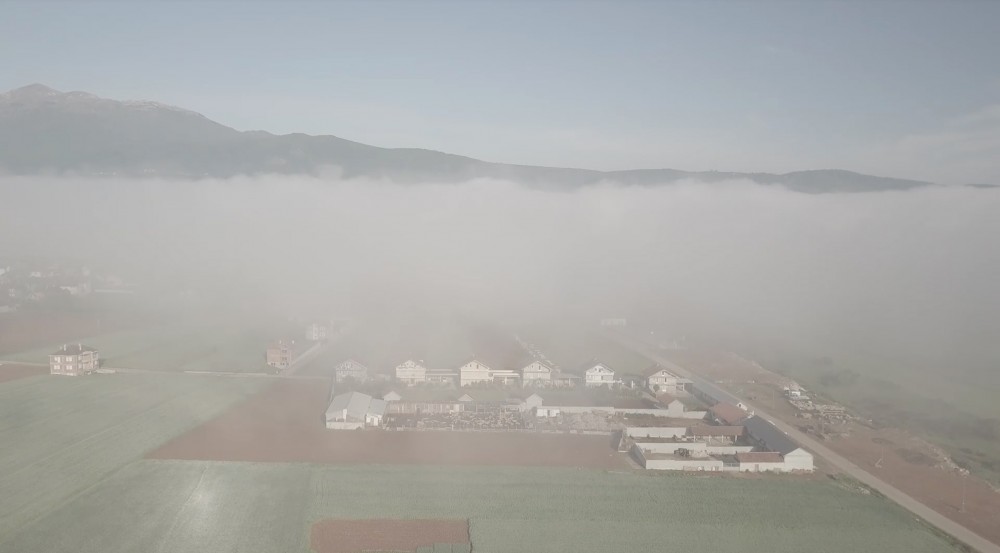
Still from Parallel Sprawl, a film by Idai Rigby (2017). Courtesy of the Architecture and Design Film Festival.
-
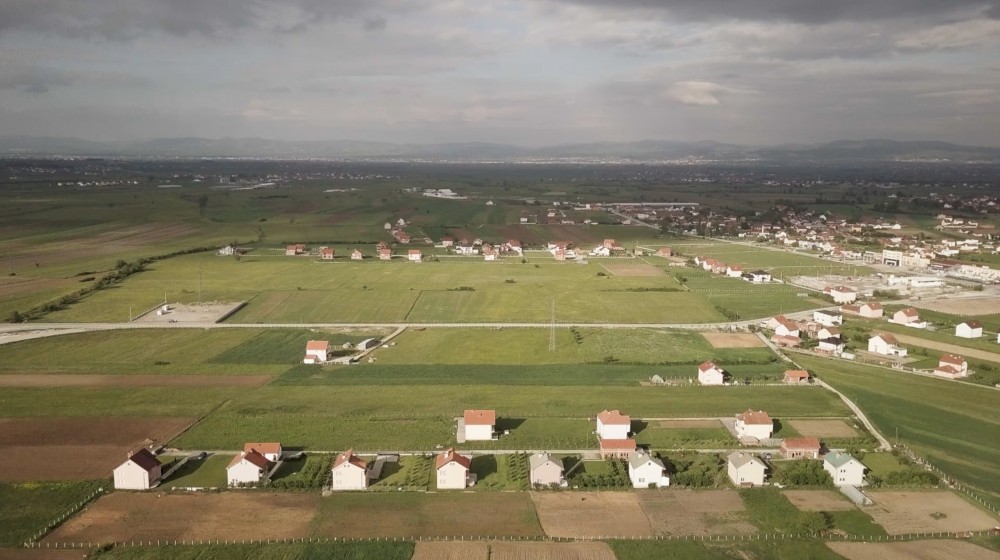
Still from Parallel Sprawl, a film by Idai Rigby (2017). Courtesy of the Architecture and Design Film Festival.
-

Still from Parallel Sprawl, a film by Idai Rigby (2017). Courtesy of the Architecture and Design Film Festival.
-

Still from Parallel Sprawl, a film by Idai Rigby (2017). Courtesy of the Architecture and Design Film Festival.
-

Still from Parallel Sprawl, a film by Idai Rigby (2017). Courtesy of the Architecture and Design Film Festival.
-
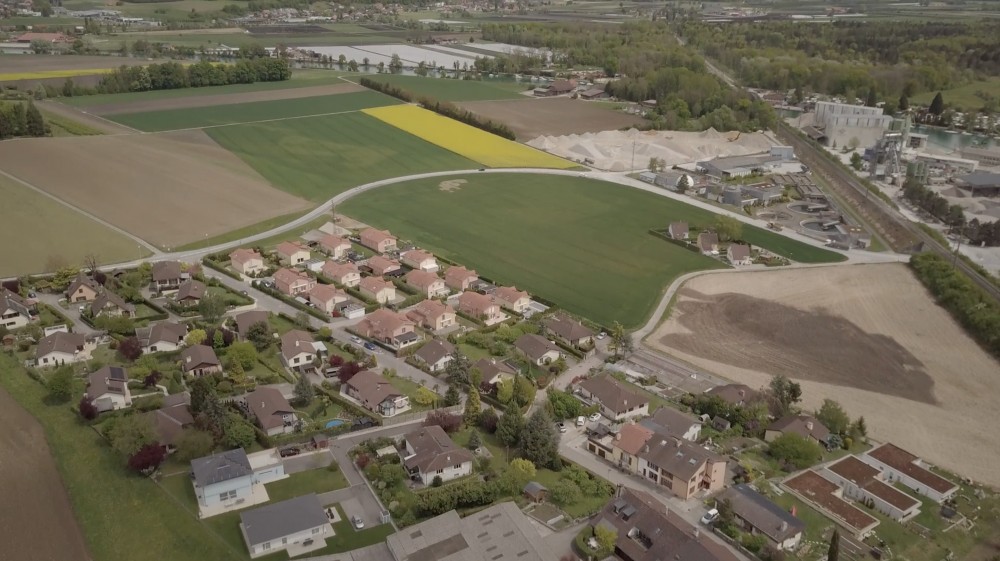
Still from Parallel Sprawl, a film by Idai Rigby (2017). Courtesy of the Architecture and Design Film Festival.
Modern cities like Los Angeles and Houston, or Mumbai and Beijing, lack the density and structure that predicated former urban centers’ success, at least on 20th-century terms. Inner city areas are becoming homogenized by commercial interests while single family homes — often located in more affordable, suburban developments — are being reimagined as dynamic live-work spaces. “Without romanticizing informality, we have to accept that in many cases marginal areas have managed to develop alternative job networks to those in central areas...The take-over of the inner cities, in a process that (sociologist) Saskia Sassen has described as the de-urbanizing of cities, is clearly affecting the capacity of cities to be those cosmopolitan places where society would continue to re-make and re-imagine itself. So part of that function will necessarily need to move to more affordable areas in the suburbs,” Rigby concludes.
-
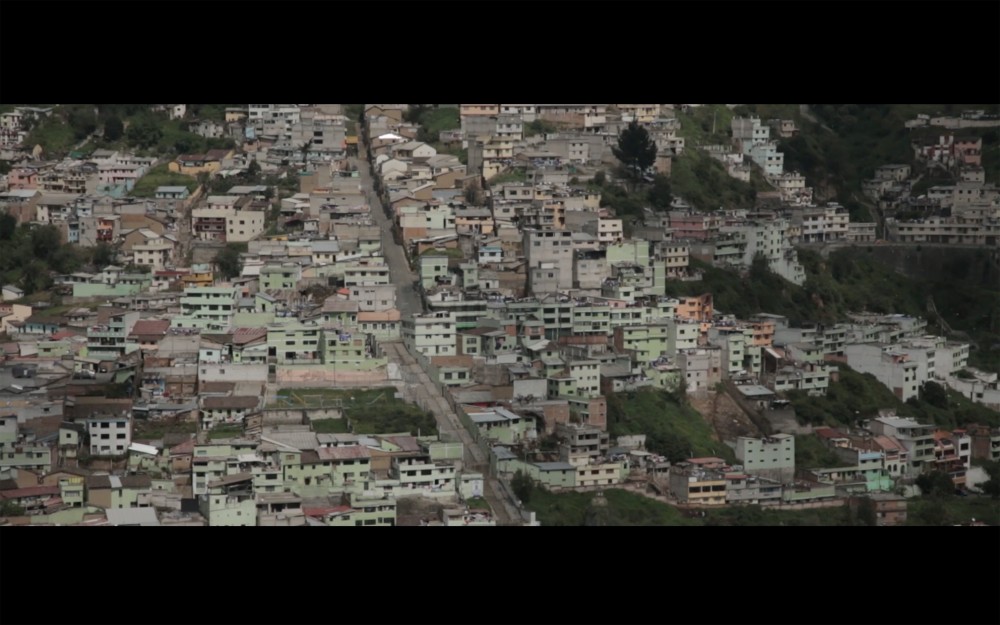
Still from Do More With Less, a film by Katerina Kliwadenko and Mario Novas (2017). Courtesy of the Architecture and Design Film Festival.
-
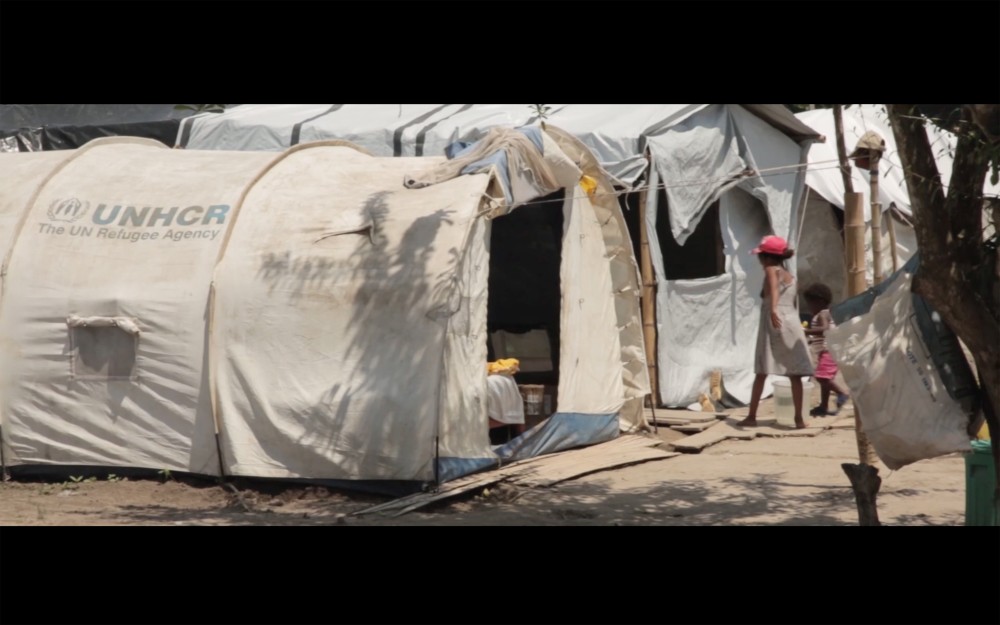
Still from Do More With Less, a film by Katerina Kliwadenko and Mario Novas (2017). Courtesy of the Architecture and Design Film Festival.
-

Still from Do More With Less, a film by Katerina Kliwadenko and Mario Novas (2017). Courtesy of the Architecture and Design Film Festival.
-
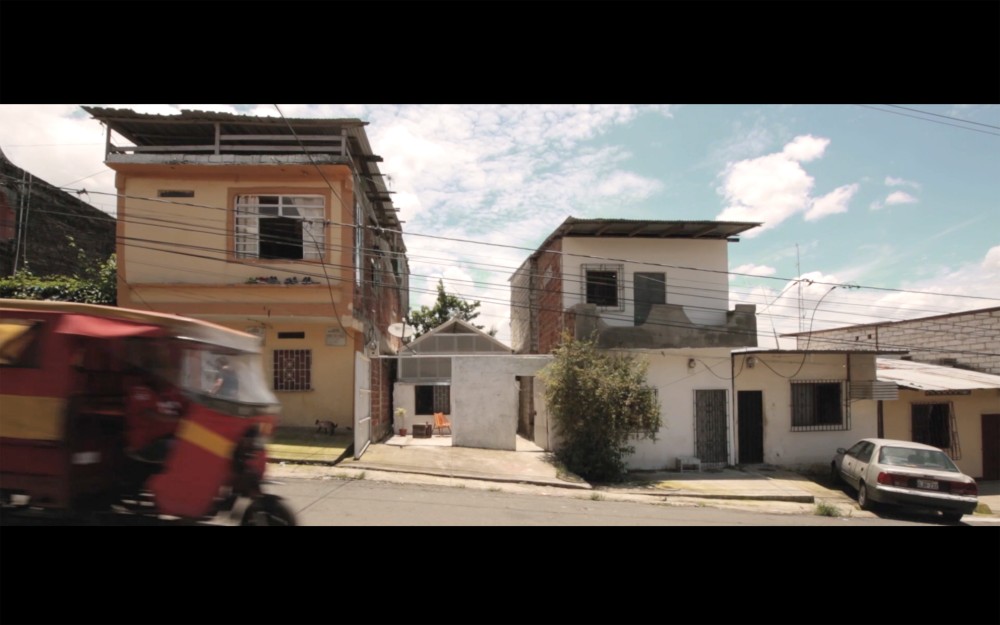
Still from Do More With Less, a film by Katerina Kliwadenko and Mario Novas (2017). Courtesy of the Architecture and Design Film Festival.
-

Still from Do More With Less, a film by Katerina Kliwadenko and Mario Novas (2017). Courtesy of the Architecture and Design Film Festival.
-
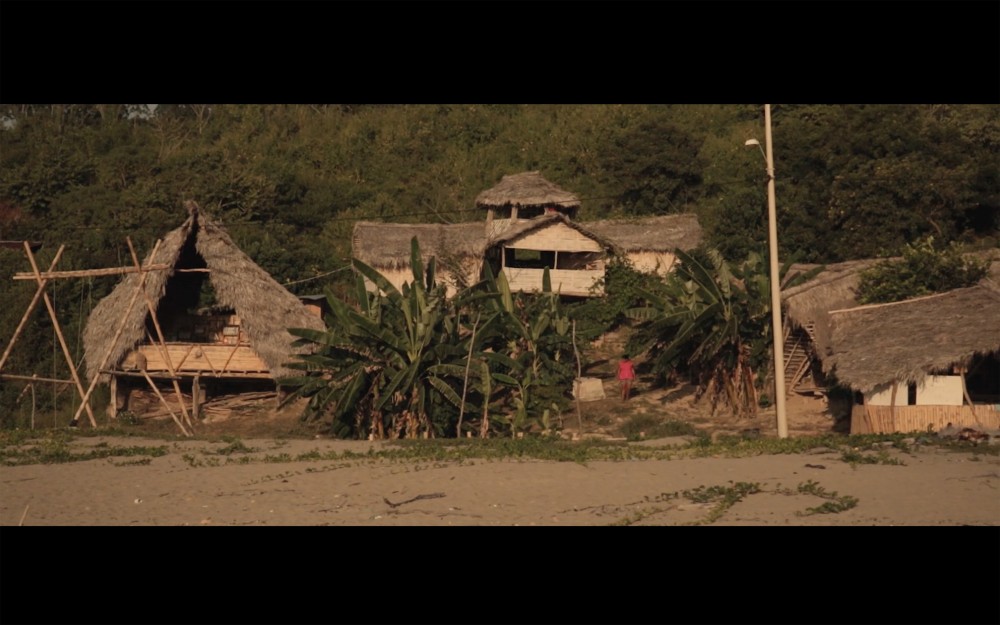
Still from Do More With Less, a film by Katerina Kliwadenko and Mario Novas (2017). Courtesy of the Architecture and Design Film Festival.
Another film in the festival, Katerina Kliwadenko and Mario Novas’s Do More With Less (2017), further explores the question of suburban values by exploring primarily “informal” built structures in Ecuador and throughout Latin America. “There are already a variety of solutions under capitalism that allow people from diverse social backgrounds to live within the same area, therefore having the same access towards opportunities,” said Kliwadenko via email. “No matter where the problem is located, if people feel empowered to propose and execute their ideas, there will be always solutions.” What’s vital is for architects to understand economic resources “as more than just money — as human resources, as material resources, and as property resources,” said Kliwadenko. As natural disasters slowly but insistently reshape the inhabitable world around us, access to potentiality must be considered and commitments to shape the urban landscape holistically, rather than via commercial interests, must be given precedence over monument-making. “It could be argued that suburbia is a machine of destroying empathy,” Rigby suggests, “So it is probably in this realm, that of exploring new ways of experiencing public space, where many of the questions regarding our future as a whole should be discussed.”
Text by Sean Santiago.
Click here for more on this year’s edition of Architecture and Design Film Festival in New York City, including PIN–UP’s Pantonia, which will be part of The Experimental City screening.

